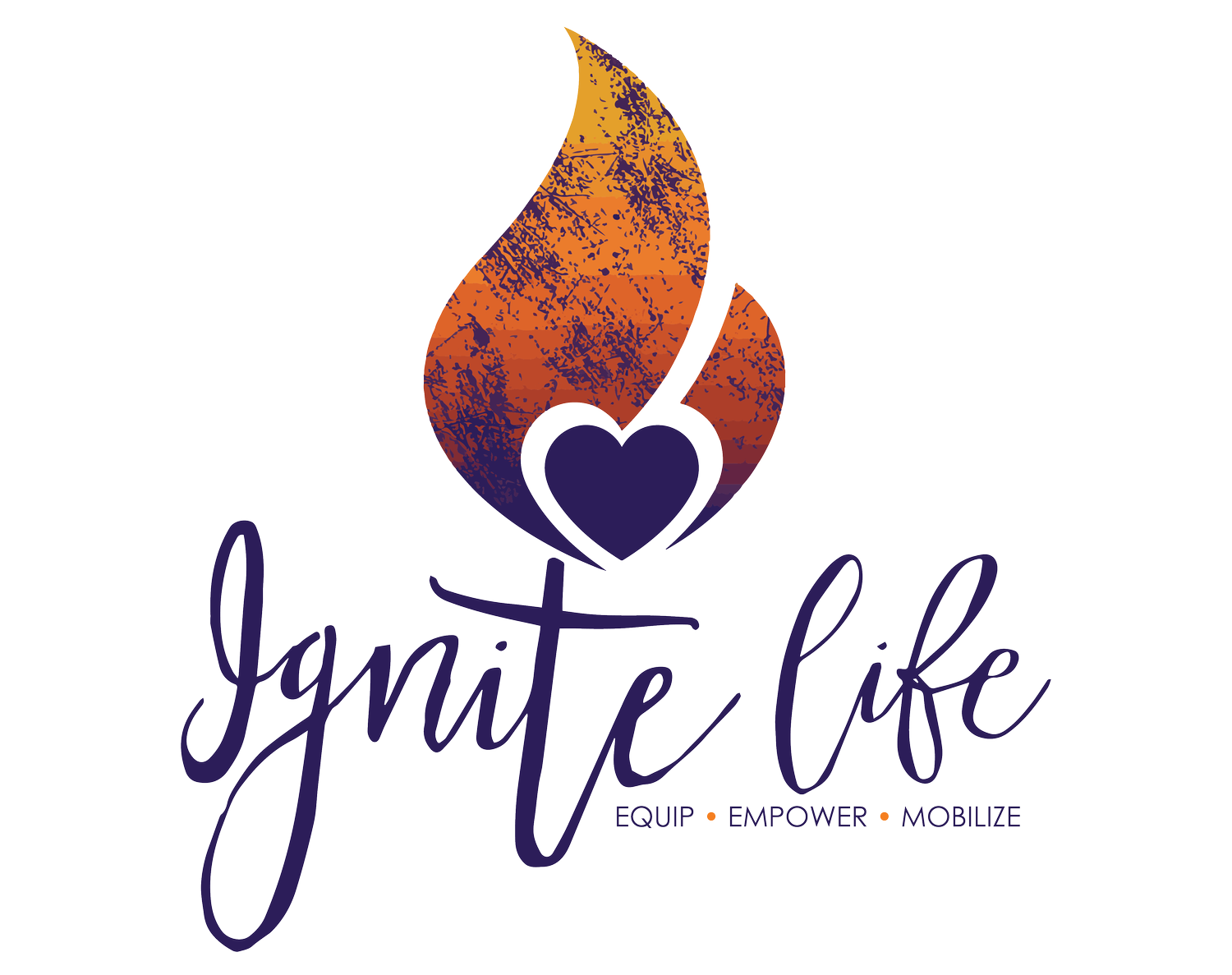So Many Different Community Dances
It might be helpful when considering the importance of revival in community and community in revival, to re-think opportunities to serve within the community that surrounds you—whether your worshipping community at church, your small-group of friends and family, or the community that makes up your neighborhood. A significant part of who we are in Christ is comprised of our group identity, who we are in the context of relationships and community.
To think and act wisely about the purpose of community life, we must take seriously the Bible’s call to redeem our time, not merely to kill it. This redemption is brought to life with a shift in the way we process our response to the community needs before us. Think of community life as a dance.
Family/Friend Dance. This dance involves the option of initiating contact with anyone in your relational support system that enables human health, social, and spiritual well-being. Just like any support system requires maintenance to function effectively, family and friendship support systems require investments of time and energy to maintain and strengthen them.
And, as with any dance, if one or both of the dance partners are inexperienced or not paying attention, damage can be done. Sometimes our engagement with family and friends leaves us with sore toes and bruised shins.
At times the family/friend dance requires more effort or skill than we would want to expend. Rarely does anyone want to dance out of obligation, which is why we would much prefer to try our luck with ninety minutes of online messaging. But sometimes we need to take the initiative in this relational dance, not because the dance is always beautiful or satisfying, but because we’re called to engage and serve others by the “Lord of the Dance.” Reviving the joys of this family/friend dance doesn’t occur by sitting on the sideline.
Service-Ministry Dance. This dance involves the option of initiating ministry based upon the “common good” impulse—that is, caring for the sick, visiting the prisoner or distressed, the infirmed. The term ministry is not restricted to the work reserved for professional clergy, but speaks to everyone’s responsibility to care for those in need.
One benefit of this ministerial dance is the cultivation of our empathetic capacity. This includes the ability to feel as others feel, to put us in their shoes, to “weep as they weep, and rejoice as they rejoice” (see Romans 12: 15, NIV).
Devotional Life Dance. This dance option includes spiritual disciplines like prayer, Bible study, meditation, to name a few, and is often experienced in solitude. Sometimes it is referred to as “time with God.” If we aren’t careful, though, this description (“time with God”) can misrepresent the constancy of God’s presence and unduly minimize the sacredness of other categories of activity and thought, including the work of congregational bonding and friendship revival.
Our Lord’s commitment to the habit of a devotional dance with his Father often required solitude. Likewise, we’re wise to regularly set aside time to deepen our intimacy with God. Sometimes this happens when we choose to log off or power down and choose to experience silence and solitude. Such sacred “alone time” can, ironically, strengthen community life.
Yet for so many in our culture, the dominant dance is an isolating dance with mass media and pop culture. As with any dance that involves a “partner,” sometimes the dance partner can dominate and kick us in the “conviction shins” and step on our spiritual “toes.” This dance partner can take us to dance halls that are better not visited and in marathon dance sessions that keep us in isolation. And this dance partner can keep us from communal involvement with our congregation, our friends, and engagement with neighbors.
Is your engagement, your dance, within community deepening your spiritual identity as one called to “look not only to your own interests, but also to the interest of others” (see Philippians 2: 4, NIV)?
1 See Jim Wallis The (Un)Common Good: How the Gospel Brings Hope to a World Divided (Grand Rapids, MI: Brazos Press, 2014).
Paul D. Patton, Ph.D., is a professor of communication and theater at Spring Arbor University in Michigan. He has graduate degrees in Guidance and Counseling, Religious Education, and Script and Screenwriting, and a doctorate in Communication with an emphasis in theater arts. He has been married to his wife Beth for over forty years and has three daughters (all actresses)—Jessica, Emily, and Grace, three sons-in-law, David, Joe, and Eric, and four grandsons, Caleb Rock, Logan Justice, Micah Blaze, and Miles Dean.



